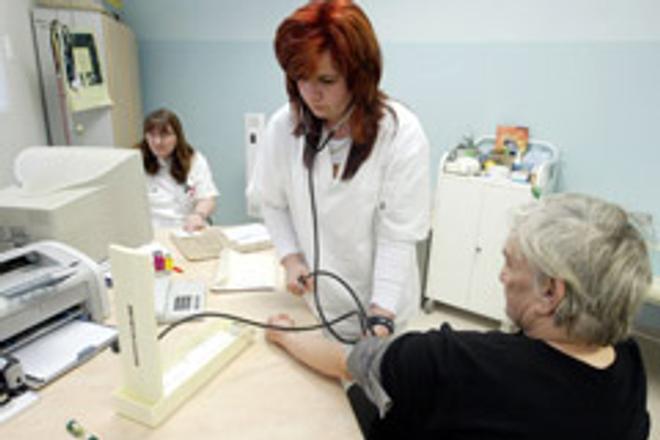“Our calculations suggest that by 2060 the deficit may rise to 2 percent of GDP and thus create new debt at 73 percent of GDP,” INEKO head Peter Goliaš told the press on June 23, as quoted by the SITA newswire.
Such a scenario may be real in case Slovakia does not adopt any measures, Goliaš added. To avoid this, INEKO recommends adopting three kinds of measures: significantly increasing the effectiveness of spending, to improve the prevention from chronic diseases, and gradually implementing the regulated coinsurance of patients.
The last measure may best secure the long-term sustainability, without enormous increase in taxes or extremely negative impact on other state expenditures. Except for additional sources for health sector, the coinsurance should eliminate the excessive performances, limit the excessive drug prescription, and also increase the willingness of people to reduce the dangerous factors of their lifestyle, according to INEKO.
“The most realistic possibility may be the gradual introduction and increase in coinsurance of patients in health sector, together with gradual increase in effectiveness of collecting the payroll taxes, combined with subsequent mild increase in tax and payroll tax rates,” INEKO said, as cited by SITA. This possibility also includes the introduction of caps to protect people from financial burden.
The alternative to reduce the deficit in health sector with taxes would require the gradual raising the VAT to more than 28 percent in 2060, according to INEKO. The possibility of increasing the payroll taxes will result in gradual rise from current 14 to 24 percent. To cover the increasing deficit at the expense of other state expenditures would gradually require cutting up to one half of spending on education or 20 percent of expected spending on pensioners from first, pay-as-you-go pillar, as reported by SITA.
INEKO also recommends measuring the quality and effectiveness of offered treatment, making the information channels between providers and health insurers clearer, introducing the DRG system, and also investing into prevention and education.


